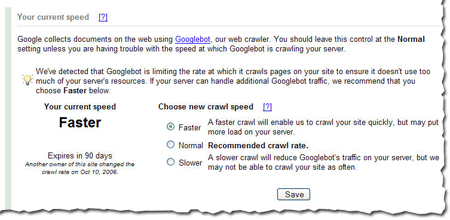

It can only be opened programmatically, meaning you can’t find any shortcuts. In the Teams desktop app, you will also find a stripped-down version of Skype. Auditing, file storage and indexing, phone, chat … you can find everything you need in one place. It functions like Skype for Business combined with the kind of collaborative tools offered by SharePoint. One of the latest additions is the Microsoft Team’s desktop app. Microsoft Teams will eventually be able to provide organizations with the same functionalities once the transition is complete.Īdditionally, Microsoft Office 365 is improving Teams’ existing features by including functions from other collaborative tools. New additions are expected to be rolled out with every update.įor companies that depend on the advanced features present in Skype for Business for its advanced features, you may want to wait until all features have been transferred to the new platform.

Of course, not every functionality of Skype for Business will be released on Teams at the same time. It’s likely that Microsoft Teams will include most-if not all-functionalities seen in Skype for Business. What to Expect from the New Microsoft Teams Teams is now the primary communications platform for businesses using the Microsoft Office 365 suite, as it has completely matched-and supplanted-Skype’s features. Simply put, it’s no longer a battle between Skype for Business or Microsoft Teams. Companies that use Skype for Business are also encouraged to transition to Microsoft Teams now in order to get a better, more robust platform. Moving forward, companies will see more improvements on the set features of Microsoft Teams. Will that make an impact on how you do business? However, this will no longer be the case in 2019, as Microsoft has confirmed that Teams will be replacing Skype for Business. As a result, many businesses have to choose one over the other by weighing the pros and cons. Microsoft Teams has always been compared to Skype for Business in terms of functionality.


 0 kommentar(er)
0 kommentar(er)
